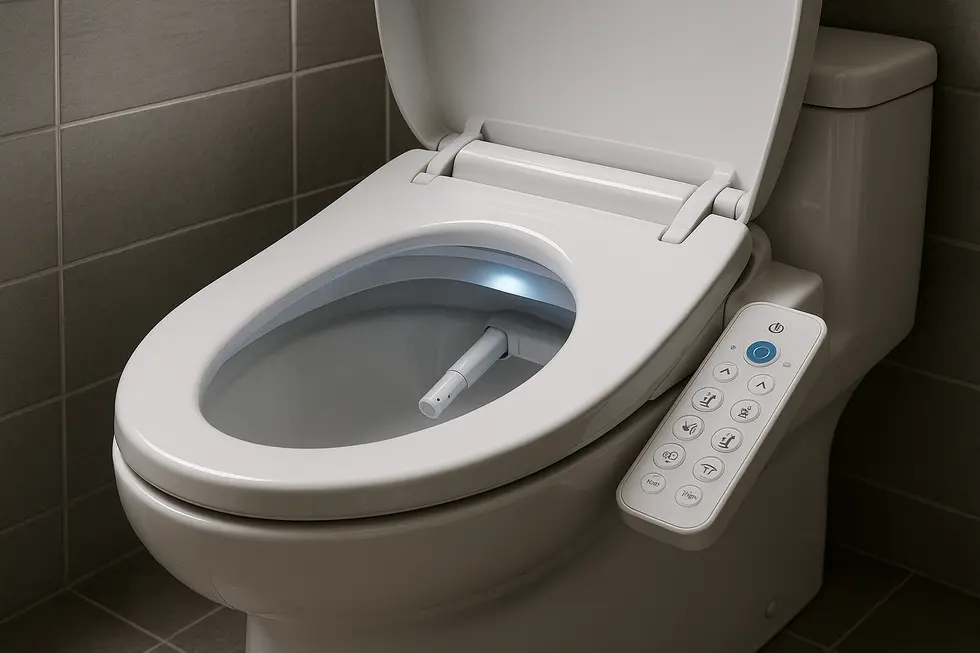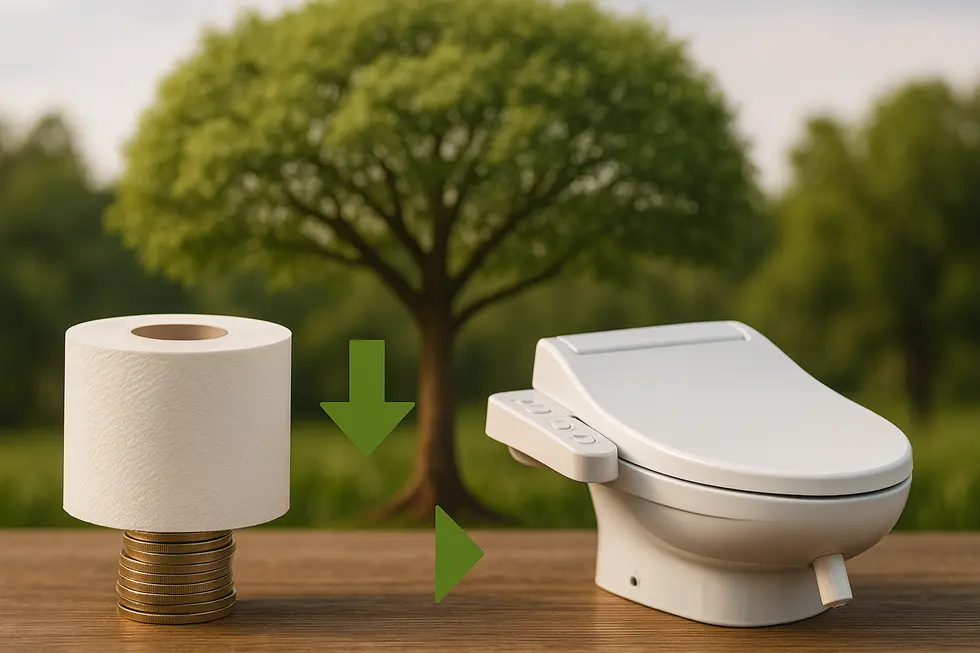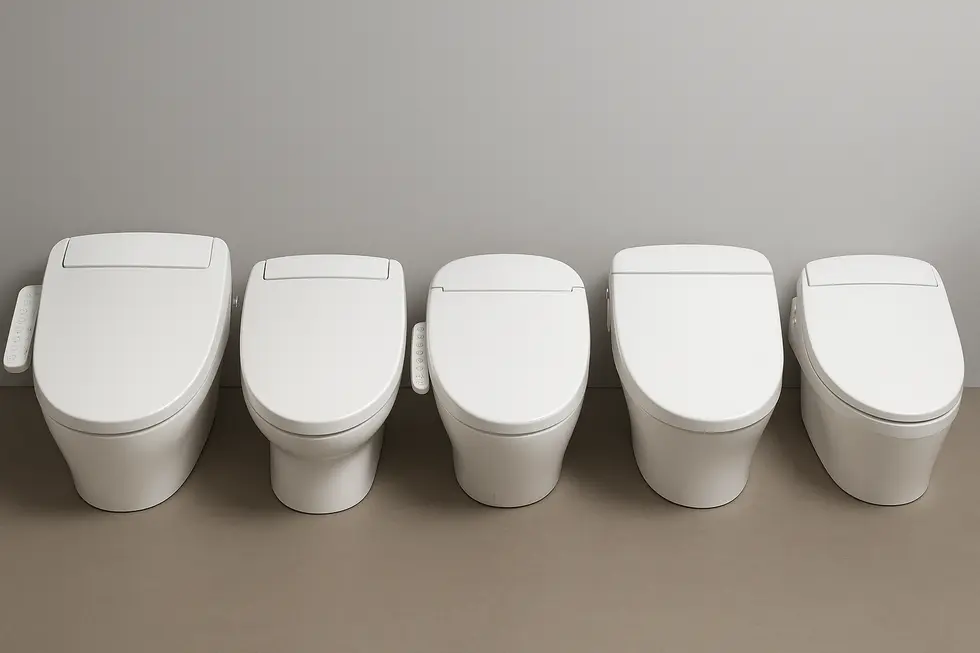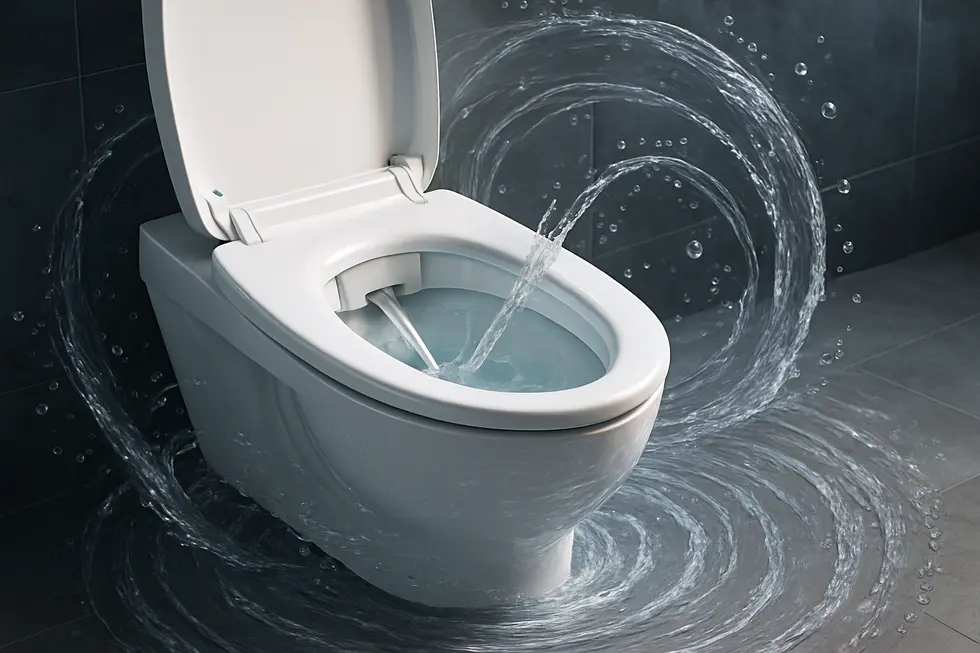Bidet Seat
Revolutionizing Cleanliness: The Self-Cleaning Bidet
In modern households, maintaining hygiene and sustainability has become a primary focus. The self-cleaning bidet, a marvel of innovation, addresses both these concerns by offering an eco-friendly and hygienic solution to personal cleanliness. This article explores the technological advancements of self-cleaning bidets, their environmental and cost benefits, and the current market landscape of leading products, equipping families with the knowledge needed to make informed decisions.
Inside the Intelligent Bathroom: How Self-Cleaning Bidets Marry Mechanics, Sensors, and Comfort

Modern self-cleaning bidets operate like discreet bathroom robots, choreographing water, air, and light to maintain impeccable hygiene with little human effort. At the heart of every unit sits the nozzle assembly. After each wash cycle, a dedicated conduit diverts fresh water to rinse the nozzles, flushing away residue before it has a chance to dry. Premium designs add a microscopic second line of defense—integrated UV LEDs bathe the stainless-steel surface in germ-killing light, reducing bacterial counts in seconds without chemicals.
Personal comfort layers smoothly onto this sanitary core. Internal step-down valves translate household water pressure into adjustable spray ranges, so a gentle mist or a vigorous stream is always a knob twist—or a button tap—away. Thermostatic mixers hold water temperature within one degree, while micro-stepping motors nudge the nozzle forward, backward, or into an oscillating sweep to match individual anatomy. The result is a personalized rinse that outperforms any static spray.
Much of this feels effortless because infrared presence sensors do the thinking. Approach the bowl and the lid glides open; stand up and a soft-close hinge lowers it again, preventing slams and trapping odors for the catalytic deodorizer that activates next. Warm-air dryers fan across the skin, timed to the average 30-second dry window, virtually eliminating the need for paper. Some models even tuck detergent tablets into a hidden cartridge; with every flush, a measured dose polishes the porcelain so mineral rings never appear.
Despite the “self-cleaning” label, a light maintenance ritual preserves these precise mechanisms. Wiping exterior panels with a barely damp microfiber cloth protects capacitive buttons. A monthly nozzle soak in mild, soapy water removes unseen mineral films, extending actuator life. For households opting for water-pressure-only units, pairing these steps with guidance from a comprehensive resource on non-electric bidet attachments ensures optimal performance.
By blending hydraulics, electronics, and human-centric ergonomics, self-cleaning bidets redefine what a toilet can do—delivering a spa-level cleanse while quietly upholding the strictest sanitation standards.
From Forests to Finances: How Self-Cleaning Bidets Slash Waste and Household Bills

Every flush of a self-cleaning bidet is a small act of conservation. The nozzle rinses itself with roughly 1/8 gallon of fresh water—enough for sparkling hygiene, yet trivial next to the 37 gallons required to manufacture a single roll of toilet paper. Multiply that roll by the 141 rolls the average person uses each year and the scale becomes clear: millions of gallons saved, as well as the trees, bleach, and transport fuel wrapped up in each pack of tissue.
Cutting paper also means cutting costs. A family of four can easily spend $120–$150 a year on toilet paper. Over a decade that is upwards of $1,500—money that quite literally gets flushed away. A quality bidet attachment or seat costs between $30 and $300 depending on features and pays itself off within the first year or two. The added utility expenses are negligible: cold-water models add only pennies to the monthly bill, while heated seats or warm-water washes draw less power than a night-light. In short, the household balance sheet turns green almost as quickly as the environment does.
Less obvious, yet equally valuable, are the downstream savings. Clogged pipes from bulky paper, overworked septic tanks, and overflowing trash bins all carry hidden costs in plumber visits, maintenance, and municipal waste fees. By eliminating up to 90 percent of paper, a bidet lightens that burden. Even municipal wastewater plants benefit, processing fewer fibers and chemicals.
Personal comfort strengthens the economic argument. Water cleans more thoroughly and gently than dry wiping, reducing the need for medicated wipes or creams that add up at the pharmacy. For people with sensitive skin, postpartum recovery, or mobility challenges, a bidet’s soothing rinse can prevent complications that otherwise lead to doctor visits.
When viewed through this wider lens, the device is more than a hygiene upgrade—it is an investment in sustainable living. A concise overview of these multifaceted benefits can be found in this guide to bidet benefits, and a detailed cost comparison is available at SmartBidet’s water-versus-paper analysis.
Rising Tide of Innovation: How Self-Cleaning Bidets Are Reshaping the Global Bathroom Market

Once considered a niche luxury, the self-cleaning bidet now sits at the heart of a booming smart-bathroom economy. Market analysts project that connected toilets—of which self-rinsing seats and attachments are the fastest-growing slice—will almost triple in revenue within the decade. This surge reflects three converging forces: heightened hygiene awareness, pressure to curb paper waste, and a wider embrace of voice-activated or app-controlled homes.
Manufacturers have responded by stacking features around the core promise of automatically washed nozzles. Entry-level attachments, powered only by household water pressure, offer retracting spray wands that flush with fresh water before and after use. Mid-tier seats layer on antimicrobial materials, adjustable temperature, and gentle night illumination for safer midnight trips. At the premium end, fully integrated smart toilets combine continuous warm water, sensor-based lid operation, and learning algorithms that remember preferred spray patterns. Across price bands, the auto-clean cycle remains the differentiator that reassures first-time buyers who might hesitate over maintenance.
Pricing is sliding downward as component costs fall. An advanced seat that cost four figures five years ago can now be found under two hundred dollars at big-box retailers. Such mainstream placements signal that the category is crossing from early adopters to mass acceptance, particularly in North America where paper dependence has been entrenched. Growing visibility dovetails with advocacy from environmental groups that highlight the bidet’s ability to cut household tissue consumption by up to 80 percent. Readers curious about these eco and comfort advantages can explore our deeper dive into bidet toilet benefits.
Looking ahead, the next wave of competition centers on predictive maintenance and health analytics. Sensors already track seat occupancy; future versions are expected to monitor water quality, usage frequency, and even certain biomarkers to alert users of potential health concerns—all while keeping spray nozzles impeccably clean without human effort. As artificial intelligence, touchless valves, and antimicrobial coatings mature, the humble self-cleaning bidet is poised to become a diagnostic hub as well as a hygiene hero, confirming analyst forecasts of double-digit growth through 2032 (source: market research report on global smart toilets).
Final thoughts
The self-cleaning bidet represents a significant advance in personal hygiene solutions, offering families technological sophistication, environmental sustainability, and financial benefits. As you consider this innovative bathroom upgrade, keep in mind the information provided about technological mechanisms, cost-effectiveness, and market leaders. Embracing this change not only enhances cleanliness but also contributes positively to environmental efforts, setting a new standard for comfort and efficiency in daily routines.
Experience a new standard of clean with PEGABidet—designed for comfort, safety, and independence. Join thousands who trust us to make personal care simple and dignified. Contact us contact@pegabidet.com
About us
PEGABidet is a brand owned by L.A NEXTGEN LLC, based in California. We design intuitive, hygienic, and accessible bathroom solutions that prioritize safety, dignity, and independence. Our mission is to make personal care effortless and empowering for people at every stage of life.

